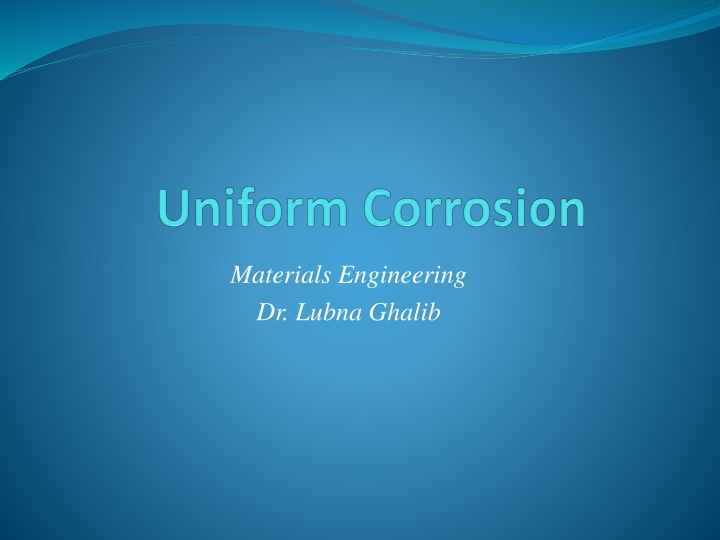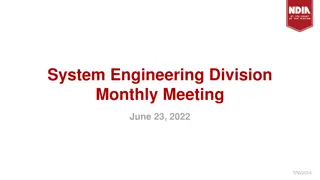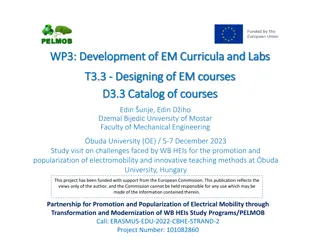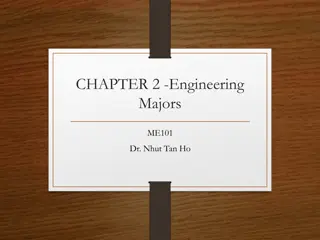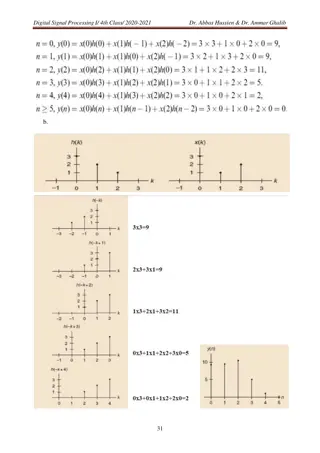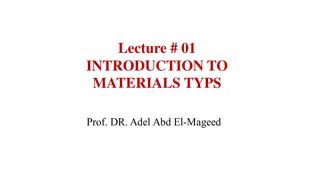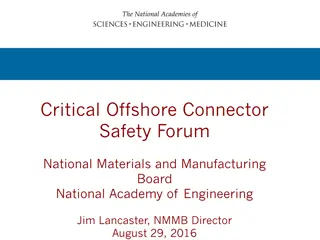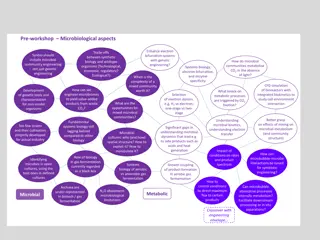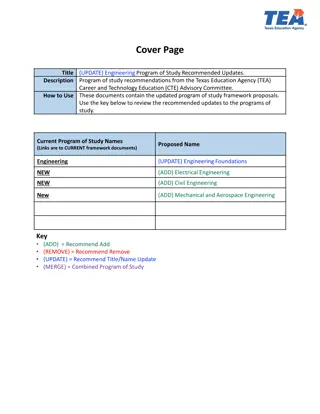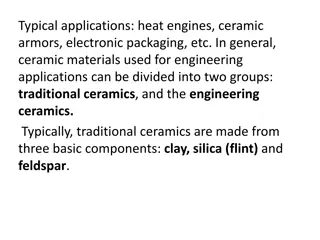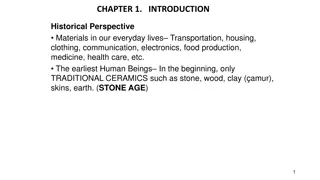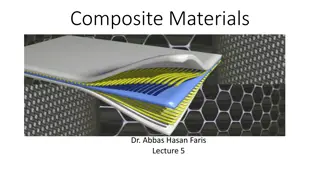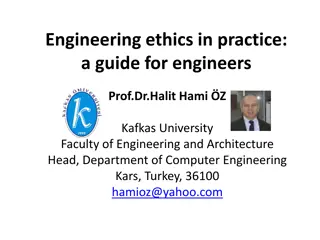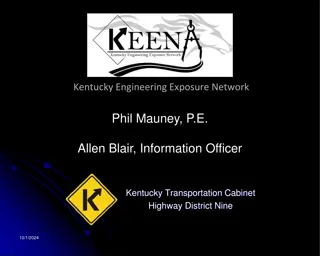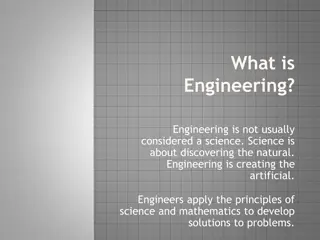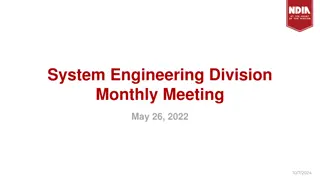Materials Engineering of Dr. Lubna Ghalib
Specializing in materials engineering, Dr. Lubna Ghalib offers expertise in the field. Her research focuses on advanced materials, their properties, and applications. With a passion for innovation and sustainability, she explores the intersection of materials science and engineering. Dr. Ghalib's work contributes to advancements in industries such as aerospace, automotive, and renewable energy. She is dedicated to pushing the boundaries of material functionality and designing solutions for complex challenges in various sectors.
Download Presentation

Please find below an Image/Link to download the presentation.
The content on the website is provided AS IS for your information and personal use only. It may not be sold, licensed, or shared on other websites without obtaining consent from the author.If you encounter any issues during the download, it is possible that the publisher has removed the file from their server.
You are allowed to download the files provided on this website for personal or commercial use, subject to the condition that they are used lawfully. All files are the property of their respective owners.
The content on the website is provided AS IS for your information and personal use only. It may not be sold, licensed, or shared on other websites without obtaining consent from the author.
E N D
Presentation Transcript
Materials Engineering Dr. Lubna Ghalib
Uniform Corrosion : .It is uniform thinning of a metal without any localized attack. This kind of corrosion happens mostly in one phase materials and is unformed throughout the surface. Corrosion dose not penetrate very deep inside. This kind of corrosion can be happened in most environments, such as dry and wet atmospheres, acids, brines etc. Uniform Attackis a form of electrochemical corrosion that occurs with equivalent intensity over the entire exposed surface and often leaves behind a scale or deposit.
Uniform Corrosion : .Mechanism of uniform Corrosion Corrosion mechanism in aqueous solution has been amply demonstrated. In atmospheric corrosion which also exemplifies uniform corrosion, a very thin layer of electrolyte is present. It is probably best demonstrated by putting a small drop of seawater on a piece of steel. On comparing the atmospheric corrosion with aqueous corrosion, the following differences are observed: On a metal surface exposed to atmosphere, only a limited quantity of water and dissolved ions are present, whereas the access to oxygen present in the air is unlimited. Corrosion products are formed close to the metal surface, unlike the case in aqueous corrosion, and they may prevent further corrosion by acting as a physical barrier between the metal surface and environment, particularly if they are insoluble as in the case of copper or lead
Uniform Corrosion : .The following is a simplified mechanism of aqueous corrosion of iron. At the anodic areas, anodic reaction takes place: Fe Fe2+ + 2e- (anodic reaction) At the Cathodic areas, reduction of oxygen takes place: O2 + 2H2O + 4e- The OH ions react with the Fe++ ions produced at the anode: Fe2+ +2OH- Fe (OH)2 With more access to oxygen in the air, Fe(OH)2 oxidizes to Fe(OH)3 and later it loses its water: 4Fe (OH)2 + O2 + 2H2O Ferrous hydroxide is converted to hydrated ferric oxide or rust by oxygen. 4Fe (OH)2 +O2 4OH- 4Fe(OH)3 2Fe2O3.H2O +2H2O
Uniform Corrosion : .Rust (Fe2O3.H2O) is a generic term to describe a series of different oxides, Fe(OH)2, Fe(OH)3, FeO(OH), Fe2O3.H2O that forms when iron corrodes. The common form of Rust is a Red products:Fe2O3. Rust forms due to a reaction between the iron and water; either water condensing from air or rain.The oxygen in the air dissolves in the water and causes rust to form.There are always two distinct chemical reactions in a corrosion process, the basic is: 1)Anodic Dissolution of Metal (Iron) that goes into solution (water) Fe -----> Fe2+ + 2e 2)Cathodic Reduction of Oxygen dissolved in water O2 + 2H2O + 4e-----> 4OH- The final reaction is: Fe2++ 2OH------> Fe(OH)2 This oxide will then further reacts with oxygen to give the final red product:Fe2O3.H2O
Uniform Corrosion : .Uniform corrosion can be prevented or reduced by:- 1) Use paints or metallic coatings such as plating, galvanizing or anodizing 2) Use Corrosion inhibitors or modifying the environment. 3) Use thicker materials for corrosion allowance. Examplesinclude general rusting of steel and iron and the tarnishing of silverware. The life of equipment can be accurately estimated.
